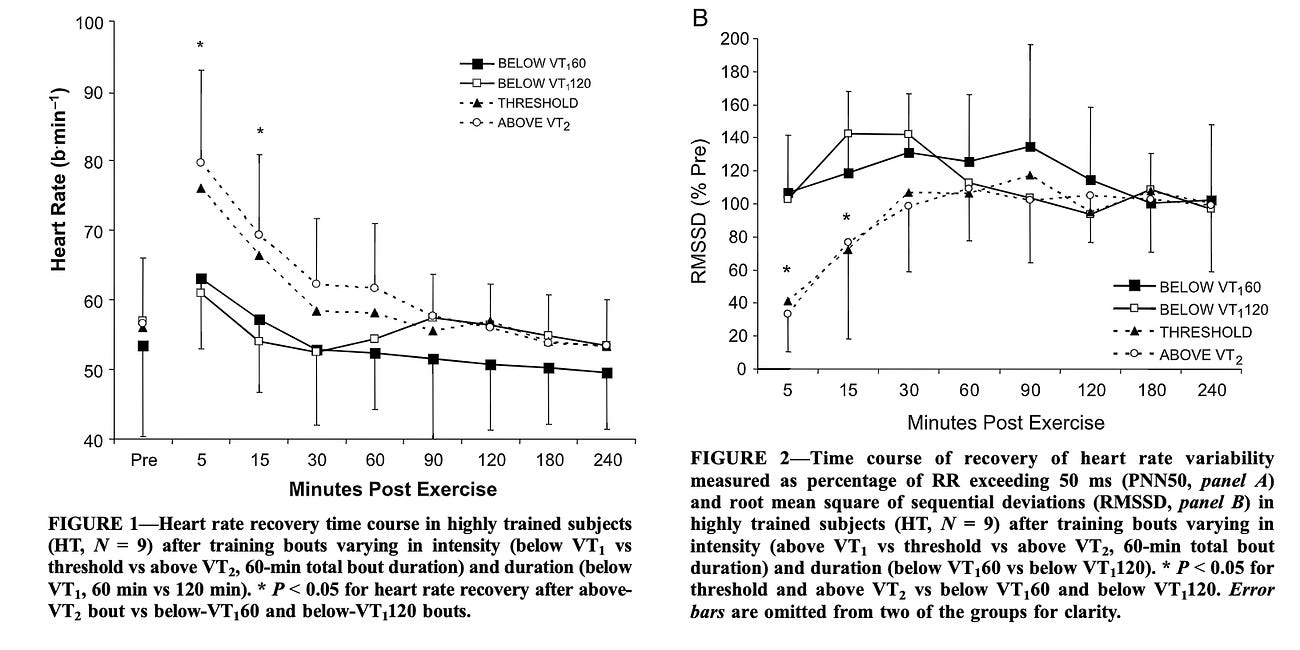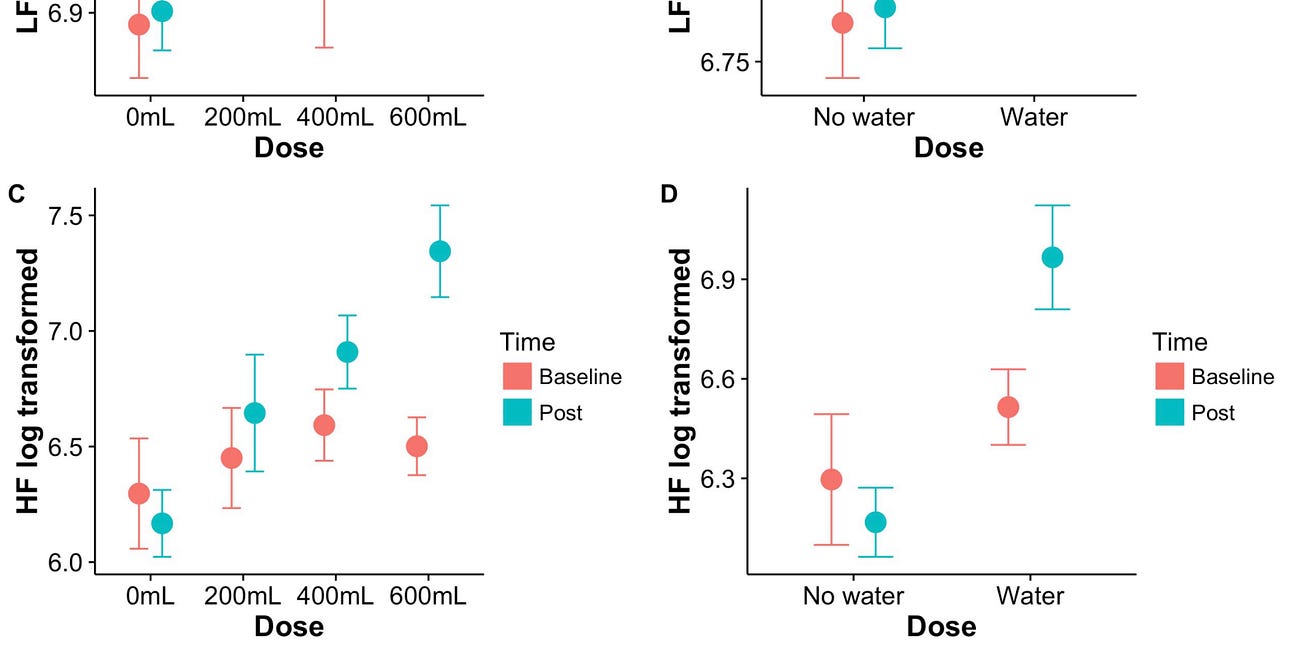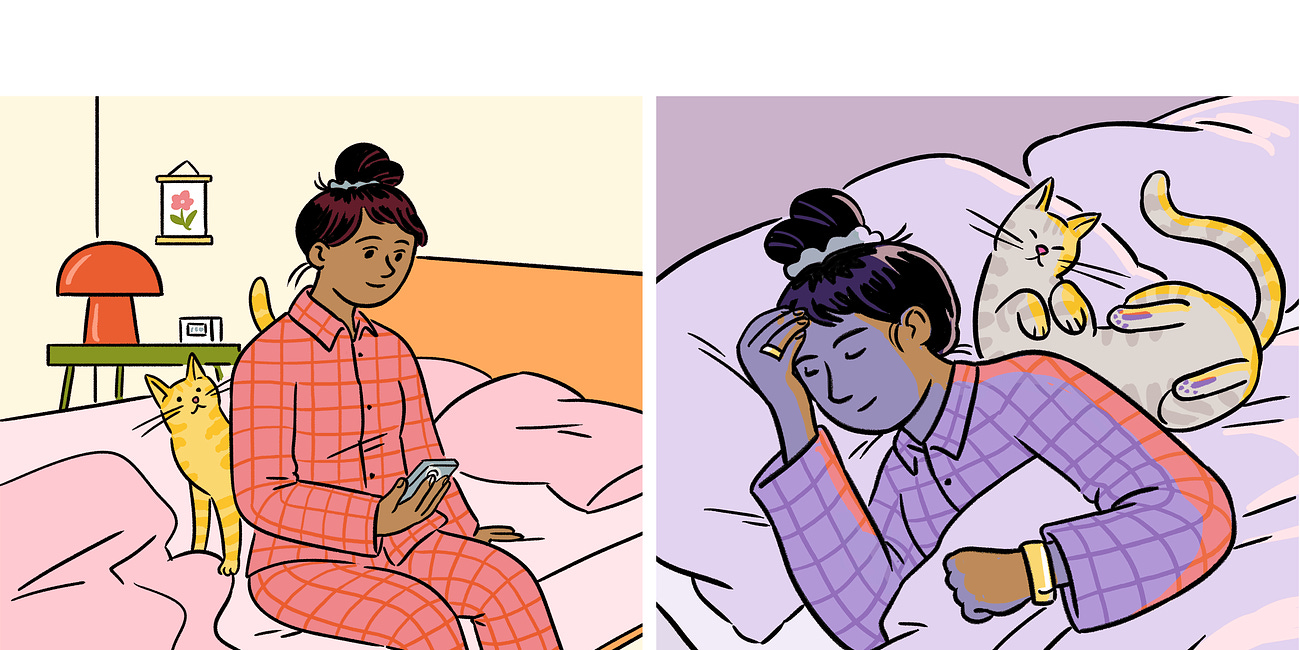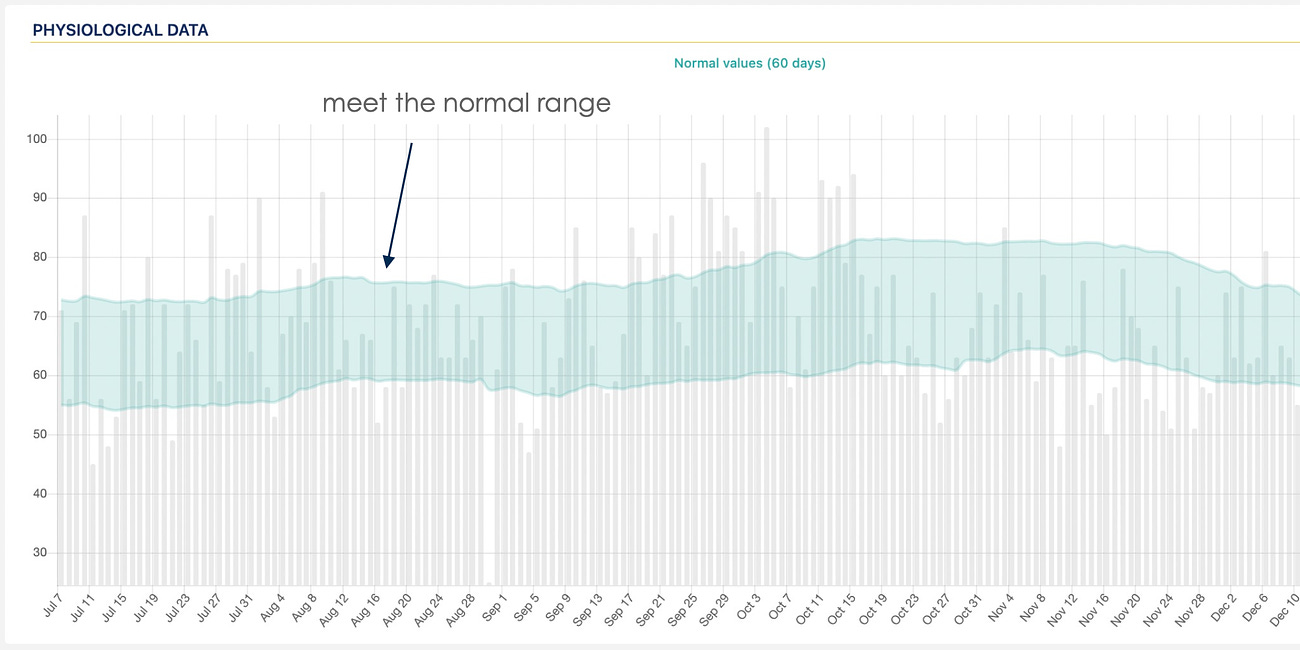I have been using a Coros watch since we integrated their ECG measurement in HRV4Training last year.
Recently, I also bought an older Coros Pace 2, as I wanted a lighter, smaller watch.
this watch costs very little, requires no subscription, and for HRV analysis, it is the best device you can buy, in my opinion.
Coros succeded where all wearables failed, by implementing a really simple feature:
A spot check.
Sure, they will also do what every wearable does, automatically collecting data, coming up with stress estimates (I've disabled it the first day), but, most importantly: I can intentionally take a measurement.
How does this differ?
I can control the context and prevent issues: e.g. I will avoid swallowing, moving and doing all sorts of things that make HRV data garbage (if this is new to you, see here), and get an accurate assessment of my resting physiology (heart rate and rMSSD). Other models allow you to do the same with ECG, even better (e.g. the Apex Pro 2).
This can be insightful in many different situations, for example, to test disruptions in autonomic activity after a workout: research has shown that for sessions below the first lactate or ventilatory threshold, you'd expect HRV to re-normalize to pre-workout values within minutes, while it can take hours for high-intensity sessions. This can help fine-tune intensity or assess the impact of environmental stressors such as altitude or the heat.
This is all I wanted from a wearable:
simply to let me take a snapshot whenever I want, intentionally, so that I can make sure it is high quality and meaningful (knowing the context), as opposed to automating everything and providing me with poor-quality data, and even poorer insights.
Finally, if a morning spot check doesn't work in your schedule, you also get night HRV, which can be useful to analyze in isolation or in relation to morning spot checks as I do. In my experience, Coros is as accurate as any other wearable when it comes to night data.
I then read the data in HRV4Training for interpretation (baseline, normal range, coefficient of variation, relationship with subjective feel, and additional context), or if I take multiple snapshots post-workout, I just use the Coros app later on to look at differences over time, a bit like I used to with a Polar H10 + HRV Logger or with Camera HRV, some of the other tools I make (find them here).
Anyways, not a sponsored post, just happy that this device does a few simple things well when it comes to HRV.
Well done, Coros.
Marco holds a PhD cum laude in applied machine learning, a M.Sc. cum laude in computer science engineering, and a M.Sc. cum laude in human movement sciences and high-performance coaching.
He has published more than 50 papers and patents at the intersection between physiology, health, technology, and human performance.
He is co-founder of HRV4Training, advisor at Oura, guest lecturer at VU Amsterdam, and editor for IEEE Pervasive Computing Magazine. He loves running.
Social:
Twitter: @altini_marco.
Personal Substack.











Is the Garmin Health Snapshot the equivalent? It always for an intentional reading when you choose.
Hi Marco, thanks for all your amazing work with the substack and the HRV4Training!
I was wondering if you have any thoughts on armband straps for HR monitoring (specially during exercises) - like the one from Coros or Polar Verity Sense?
Thanks!